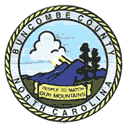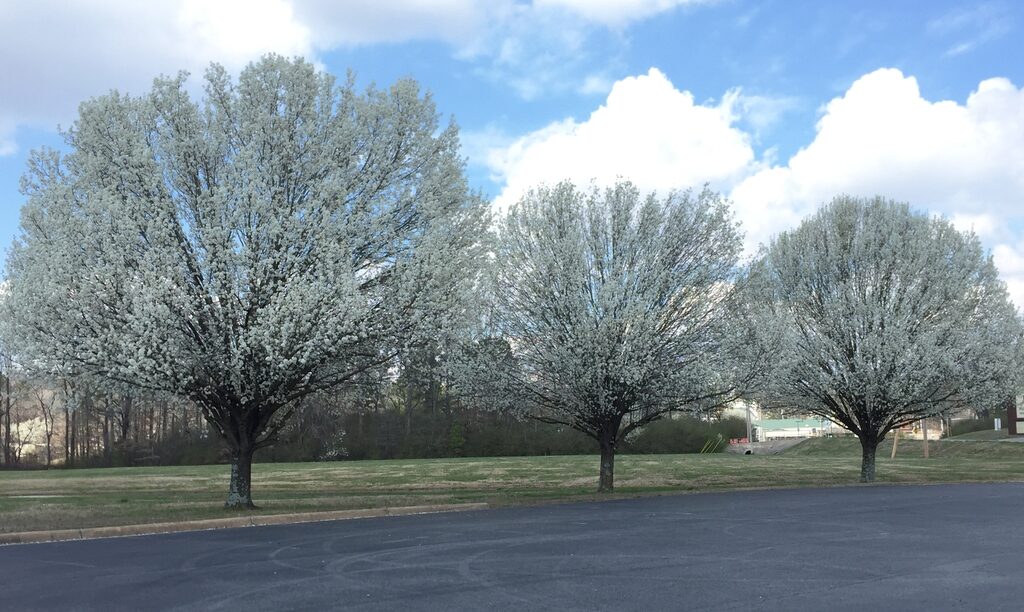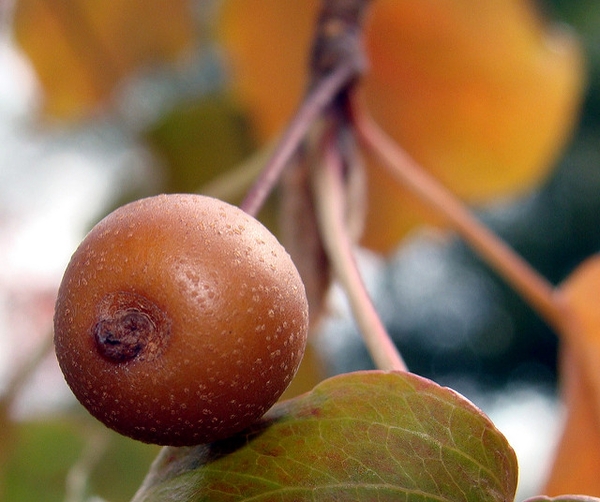Bradford Pear: An Invasive Pest
go.ncsu.edu/readext?995787
en Español / em Português
El inglés es el idioma de control de esta página. En la medida en que haya algún conflicto entre la traducción al inglés y la traducción, el inglés prevalece.
Al hacer clic en el enlace de traducción se activa un servicio de traducción gratuito para convertir la página al español. Al igual que con cualquier traducción por Internet, la conversión no es sensible al contexto y puede que no traduzca el texto en su significado original. NC State Extension no garantiza la exactitud del texto traducido. Por favor, tenga en cuenta que algunas aplicaciones y/o servicios pueden no funcionar como se espera cuando se traducen.
Português
Inglês é o idioma de controle desta página. Na medida que haja algum conflito entre o texto original em Inglês e a tradução, o Inglês prevalece.
Ao clicar no link de tradução, um serviço gratuito de tradução será ativado para converter a página para o Português. Como em qualquer tradução pela internet, a conversão não é sensivel ao contexto e pode não ocorrer a tradução para o significado orginal. O serviço de Extensão da Carolina do Norte (NC State Extension) não garante a exatidão do texto traduzido. Por favor, observe que algumas funções ou serviços podem não funcionar como esperado após a tradução.
English
English is the controlling language of this page. To the extent there is any conflict between the English text and the translation, English controls.
Clicking on the translation link activates a free translation service to convert the page to Spanish. As with any Internet translation, the conversion is not context-sensitive and may not translate the text to its original meaning. NC State Extension does not guarantee the accuracy of the translated text. Please note that some applications and/or services may not function as expected when translated.
Collapse ▲This spring, you might notice beautiful, white flowering trees seemingly everywhere along roadsides, ditches, and woodland throughout western North Carolina. While we do have some trees that bloom at similar times such as our native redbud trees, cherry trees, and others, don’t let this plant’s pretty flowers fool you! Be aware of this problematic trer commonly known as Pyrus calleryana, or the callery pear.
The ‘Bradford’ pear tree is a cultivar of the callery pear which is an Asian ornamental pear bred specifically for fire blight resistance that commonly plagues fruit-producing European pears. The ‘Bradford’ pear was first cultivated in the early 1960s and was widely planted due to its many white flowers in the early spring and its burgundy fall color. The ‘Bradford’ pear’s ability to withstand lower quality soils, and its quick growth rate also made it a popular choice. It quickly became a common selection for an urban tree due to its symmetrical architecture, and pest-free tendencies.

‘Bradford’ pear trees can escape cultivation as seen in the above picture by a roadside. Photo: N.C. Cooperative Extension
So how did the ‘Bradford’ pear get out of control? As it became more widely planted, issues started to come to light. Pungent odors associated with the flowers that smell like rotting fish, and weak branch angles which lead to compromised branch unions that commonly break are just some of its ornamental faults. It also seriously harms our environment by outcompeting natives such as redbud, dogwood, sourwood, and other peripheral understory trees due to its many seeds being easily spread. The ‘Bradford’ pear was promoted as a sterile cultivar, unable to pollinate itself and therefore would theoretically not cause problems through seed spread. Unfortunately while this holds true and ‘Bradford’ pear cannot pollinate themselves, other callery pear cultivars such as ‘Chanticleer’, ‘Cleveland Select’, ‘Autumn Blaze, ‘Aristocrat’ and others can successfully pollinate ‘Bradford’ pear leading to the production of vigorous, seedy offspring. The rootstock for ‘Bradford’ pears, which are clonally propagated and grafted, can also sucker allowing for pollination and eventual formation of fruit. This fruit is consumed by birds and can be transported offsite producing populations of callery pear that can quickly get out of control. Juvenile callery pear offspring are vigorous, often with sharp 2-3” thorns that make it a real challenge to remove.
So what options are out there for you to address this issue? Complete removal, and planting alternative trees and shrubs is the best answer. If you have a ‘Bradford’ pear in your landscape, it is best to completely remove that tree and replace it with choices that still provide function in the landscape. Other trees that can provide similar ornamental features to ‘Bradford’ pears include yellowwood tree, smoketree, Chinese fringe tree, and many others (for a more complete list of potential options, try using our North Carolina Gardener Extension Plant Toolbox tool). Across our state, ‘Bradford’ pear bounty programs are being offered to encourage property owners to remove their invasive ‘Bradford’ pear trees in exchange for a free native tree replacement. Here in Buncombe County, efforts are underway to investigate starting a bounty program within the coming year.
The story of the ‘Bradford’ pear is a cautionary tale. It speaks to the consequences that can sometimes happen when we widely adopt plant material without knowing long-term impacts or affects. For example, let’s look at case studies where this holds true. Leyland cypress was widely planted as an evergreen screen for many years, but due to overplanting, improper spacing/planting, and other requirements that the tree needed, diseases became more prevalent. In the case of Leyland cypress, botryosphaeria canker, seridium canker and phytophthora root rot are all common fungal pathogens that impact these trees and eventually can lead to replacing them with other evergreen trees/shrubs alternatives. The American elm, another case study of impacts from the lack of diversification in our landscape, was planted on every street corner seemingly as the perfect street tree. Unfortunately with the introduction of dutch elm disease combined with a lack of diversity in plantings, the disease raced through our streets killing many trees.
The long-term answer to replacing the ‘Bradford’ pear is not by replacing it with another single planting option, as we have learned there are no silver bullets. Rather, we should, through a multi-prong approach, diversify our landscapes by choosing from a wide variety of adaptable and functional ornamental plants. I encourage you to reach out to your Cooperative Extension office to learn more about what options are available for you and what works best for your landscape! To learn more please visit the resources below, or call our office at (828)-255-5522.
Resources:






